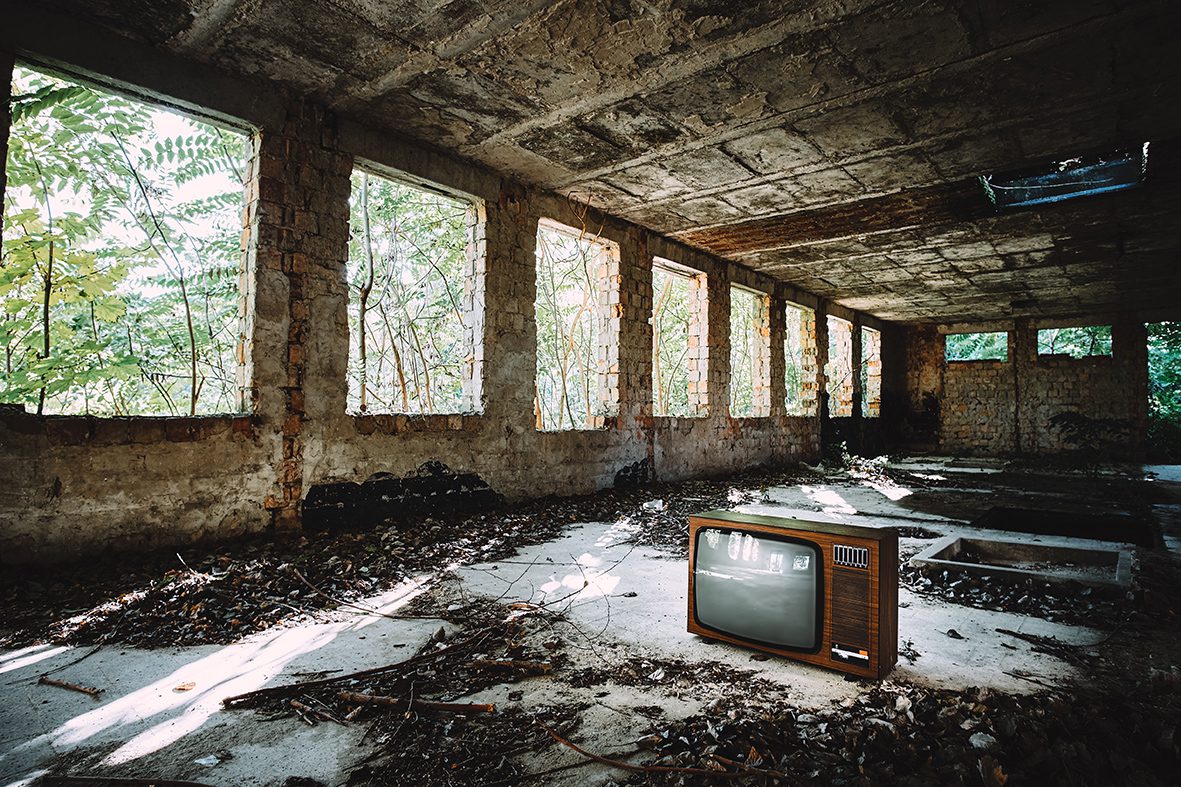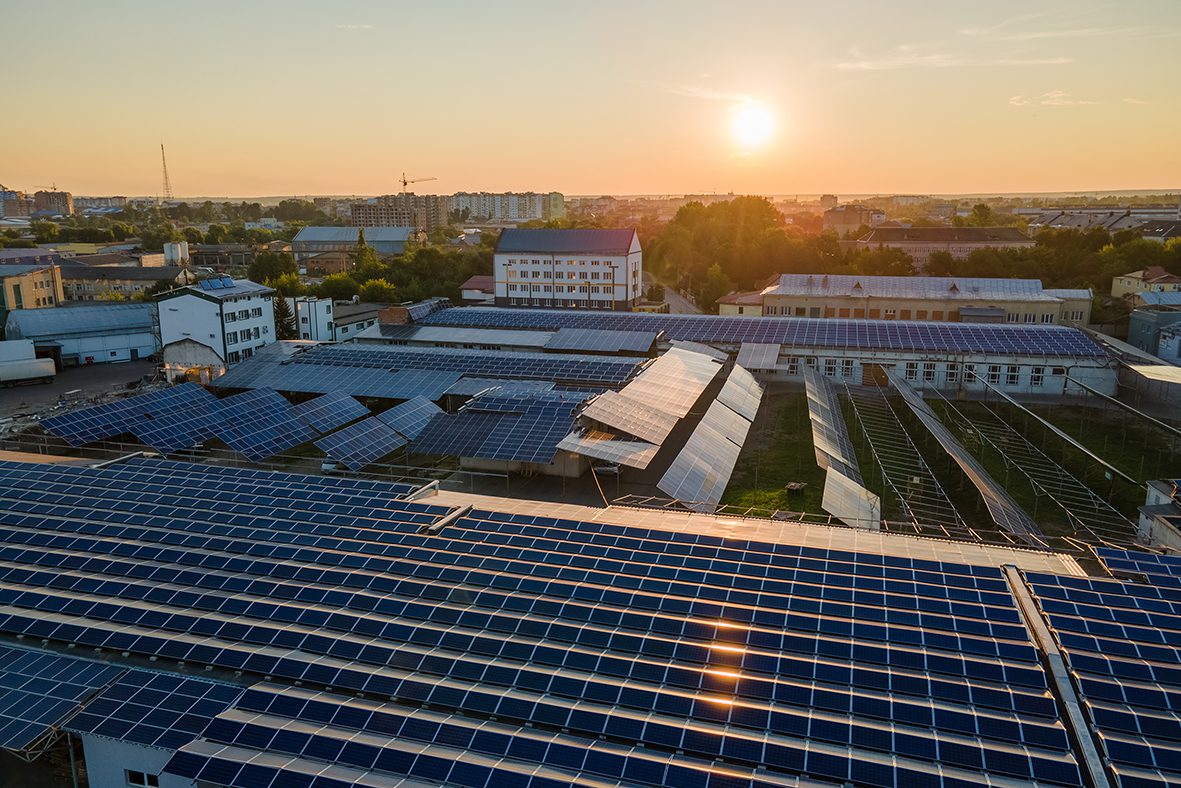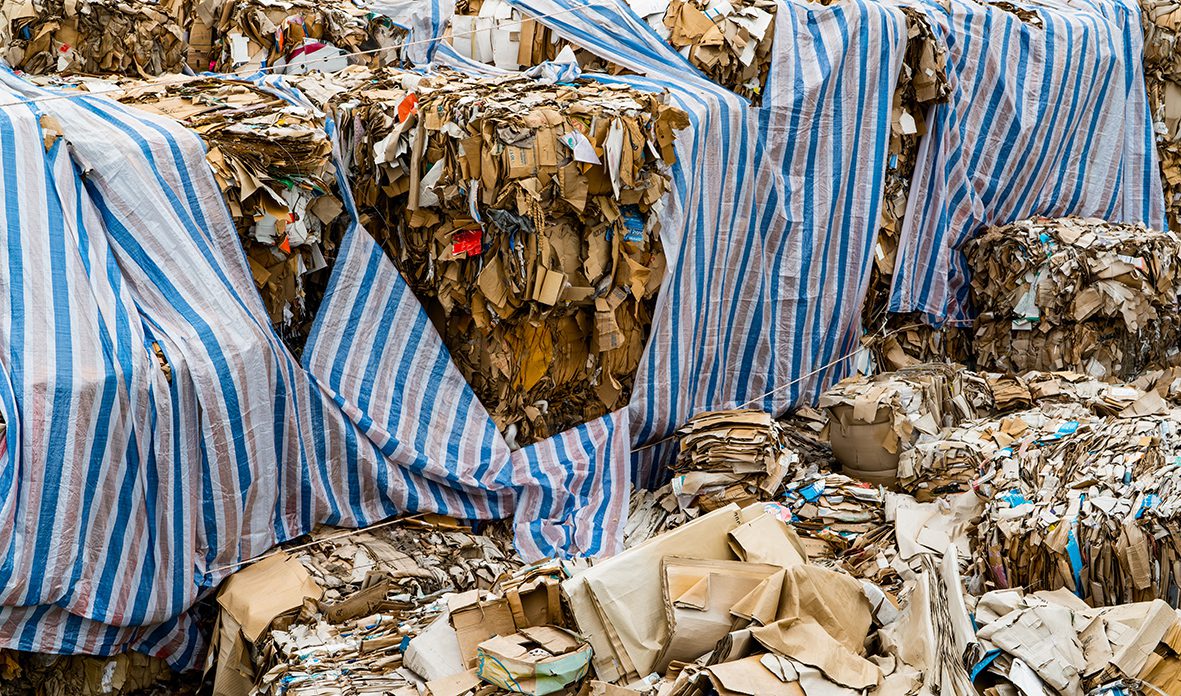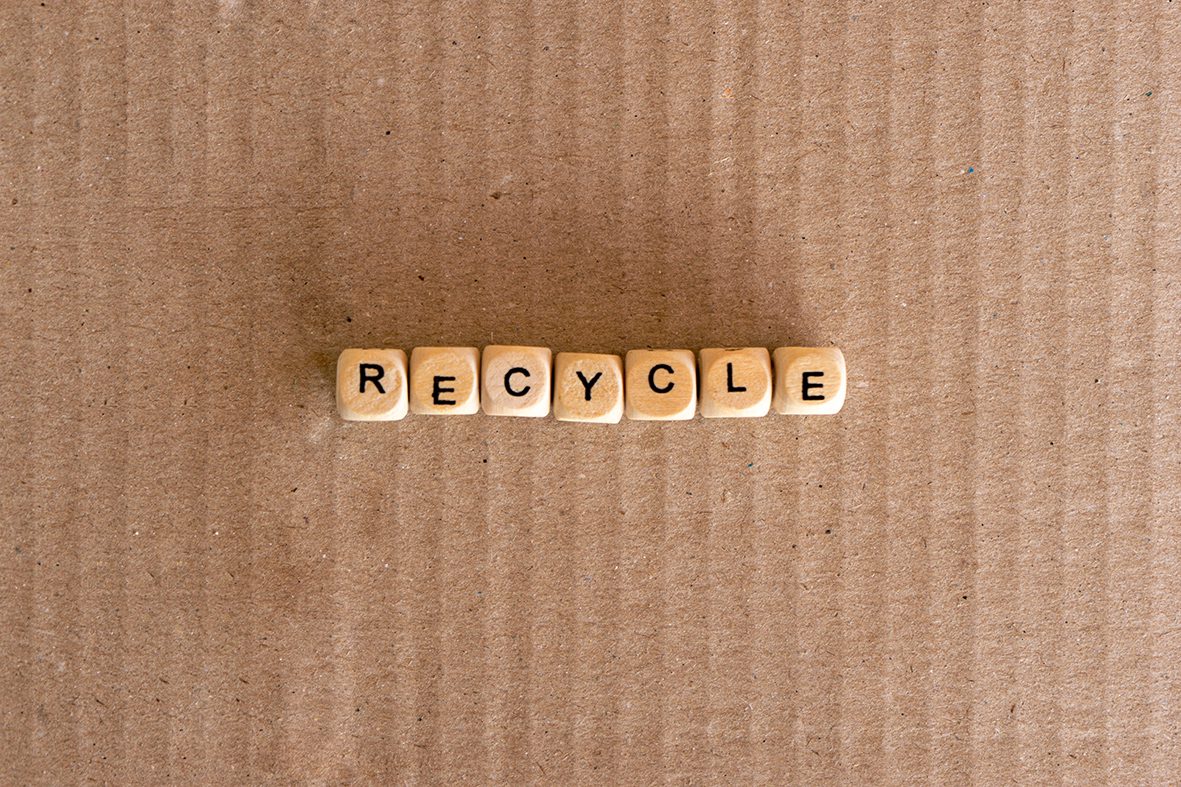What can we do about this?
Due to its high energy consumption and waste produced by its equipment and materials used, its important to acknowledge that our exciting audio-visual (AV) business does have a considerable negative influence on the environment.
As a vital component of contemporary life, AV systems are used in a range of contexts, including workplaces, educational institutions, entertainment venues, conference spaces and households. To lessen the carbon impact and protect the environment for future generations, the industry must adopt more sustainable methods.
In this blog, we’ll talk about the sustainability methods used by the UK’s AV sector and put the spotlight on areas that may use some serious development. We will also mention several businesses that can help the events industry and more specifically the AV sector achieve carbon neutrality as well as the procedures necessary to achieve it.

The Challenges
In order to implement sustainable methods, the AV industry must overcome a number of obstacles. The high energy usage of AV systems is one of the key obstacles. Energy consumption can be considerably decreased by utilising energy-saving tools and technology, such as LED lights and low-power consumption gadgets.
The proper disposal of Audio visual equipment is another difficulty. The AV sector adds to the growing global concern over electronic trash (or “e-waste”). The disposal of outdated AV equipment by many businesses can result in the discharge of toxic chemicals and other pollutants into the environment. The industry must take steps to recycle and reuse as much equipment as feasible because many of these materials can also be repurposed.
Last but not least, the AV sector must implement sustainable practices throughout its supply chain. Many components for AV systems are made in nations with lax environmental laws, which might harm the environment and exploit regional populations. Businesses need to make sure that their suppliers follow moral and ethical principles.
The Solutions
There are various actions that we can take to encourage sustainability and lessen our carbon footprint.
Using energy-efficient tools and technology is one of the most efficient methods to cut back on energy use. This includes energy-efficient electronics, LED lights, and smart control systems that can turn off appliances when they are not in use. Businesses could also implement energy-saving procedures, such as scheduling maintenance to minimise downtime and shutting off equipment when not in use.
Example:
Significant power savings can be achieved by switching from sodium lights to LED lights in the company offices, storage facilities or warehouses. (Industrial and warehouse lighting applications frequently use sodium lights, which are high-pressure gas-discharge lamps. They are renowned for their brief lifespans and high energy requirements)
On the other hand, LED lights are far long-lasting and energy efficient. They produce light using semiconductor technology and utilise a lot less energy than conventional lighting systems.
The precise power savings that you might experience will depend on a number of variables, including the size of the space and its designation, wattage and number of lights, the operating hours, and the electricity costs in your location, but for the purposes of this example, lets assume that the warehouse requires high light levels and that there are 100 Sodium lights that are on for 12 hours a day and that we are looking to replace these sodium lights with an LED alternative.
Sodium:
400 watts each by 100 lights equals 40,000 watts.
40,000 watts over 12 hours is equal to 480,000 watt-hours per day
150-watt LEDs:
150 watts each by 100 lights equals 15,000 watts
15,000 watts over 12 hours is equal to 180,000 watt-hours per day
That’s a saving of 300,000 watt hours per day!
It’s vital to keep in mind that these savings are only estimates and may change depending on the particulars of your warehouse. It is however evident that, over time, moving from sodium to LED lighting can result in significant power and financial savings.

The next option here is to manufacture/collect/produce your own power! Solar panels and power storage are one of the ways to do so.
In our opinion, this needs a lot more research but sustainable energy resources are looking more and more attractive.
More research is being done daily on this as there are still many questions surrounding battery recycling, carbon emissions as a result of mining lithium and the efficiency of battery storage, but it’s safe to say that the questions are now being asked and that society no longer accepts that fossil fuels are the only source of power.
The Renewable Energy Hub has put together this incredible page of information surrounding renewable energy for business
Recycling and reusing second-hand equipment is an additional approach.
We should all be taking steps to recycle and reuse as much equipment as possible, many AV system components can be repurposed and it merely takes some out-the-box thinking to repurpose a piece of equipment or at the very least ensure it goes to a new home that will make use of it instead of “destination dump”.
We don’t all have the time to upcycle, but there are some really creative upcycling ideas on Pinterest and makeuseof for old discontinued equipment. Perhaps instead of sending old equipment to the dump, hold an internal competition where employees are challenged with designing and upcycling new products with old AV gear. Could be great fun!
Finally, the sector must implement sustainable practices along the entire supply chain. This entails encouraging sustainable practices within the sector and engaging with suppliers who follow ethical standards and sustainable practices.

Supply Chain
Planning sustainability into your event from the outset means that you’ll reduce the workload later. Whether it’s minimising the number of materials that you buy new, or choosing suppliers from within a smaller radius, coming to your event with sustainability in mind means you’ll have a clearer overview of what needs to be done throughout the process.
With the field of sustainability being new to many in the industry, it helps to have an expert to show you the ropes, and introduce the concept of sustainable event planning. Here are some we’re confident recommending.
Event Decision offer monitoring and reporting for all occurrences so you can pinpoint the main causes of your carbon footprint and argue for their reduction going forward. Also, they offer suggestions for organising environmentally friendly events, including cutting back on items with a high carbon footprint and taking alternative modes of transportation into account.
Event Cycle is an organisation dedicated to minimising waste in the events sector. They advise businesses on how to get more environmentally friendly materials, reduce waste from an event from the outset, and turn unavoidable leftover materials into donations. They collaborate with event planners from the planning stage to distribution following the event, and they have worked for renowned customers including COP26.
Some supply chain resources can be found at Eventbrite and Global Green Events and a useful buyers guide produced by Hire Space can be found at The Sustainable Event Buyers Guide

What happens when we have done all we can but are still not carbon neutral?
.... Carbon Credits
To encourage the reduction of greenhouse gas (GHG) emissions, specifically carbon dioxide (CO2), from activities that contribute to climate change, there are market-based mechanisms known as carbon credits. They function by assigning a monetary value to each tonne of averted or decreased CO2 emissions.
Carbon offset projects, which might include reforestation, renewable energy, and energy efficiency programmes, are normally where carbon credits are produced. The Verified Carbon Standard or the Gold Standard, which assure that the carbon credits are authentic and represent true, quantifiable reductions in GHG emissions, are often used to certify these projects as meeting specified standards.
Upon certification, a project can produce carbon credits that can be traded on carbon markets. Businesses or organisations that produce emissions can buy these carbon credits to balance their carbon impact by offsetting their own emissions. A corporation can declare itself to be carbon neutral or net zero, for instance, if it produces 1,000 tonnes of CO2 emissions year and purchases 1,000 carbon credits.
Anyone can buy carbon credits although it is mainly targeted at larger corporations. Have a look at Climate Trade should you wish to understand more about carbon credits or how to purchase them.

Conclusion
In Conclusion
…with all the above said, we think that it all really boils down to education. Company owners and management must seek to learn more about sustainable practices and pass that knowledge into the organisation to create an ethos and a goal that the entire company, top to bottom, can work towards.
We at Perception have a reuse-over-recycle policy and are constantly looking at longer-life materials to reduce our waste output, but where not possible we ensure that everyone in the organisation works toward the same goal of reducing waste or recycling where necessary.
Our suppliers like Coloursonic have stepped up to the mark and have provided us with ECO-friendly, bio-degradable print solutions which we now offer to our clients as our only print offer.
Our vehicle fleet has recently introduced 2 electric vehicles and we partner with our venue clients to store equipment locally to reduce our deliveries and collections to site where possible.
We have a lift pool system with a number of staff where they share rides to work and also encourage all employees to sign up for the cycle-to-work scheme that we fully support.
We are currently in the process of an internal audit to seek out areas that require attention and will take action on the points that require change. Once we have done what we can internally we will be seeking out a specialist consultant that will help us fine-tweak our internal and external processes to ensure that Perception is as sustainable a company as can possibly be by 2025.
We are happy to share our journey with you and encourage you to drop us a line if you want to chat.
Our goal is to take more action in reducing emissions and waste and we would like you to join us in that commitment.
Keep well and stay green
